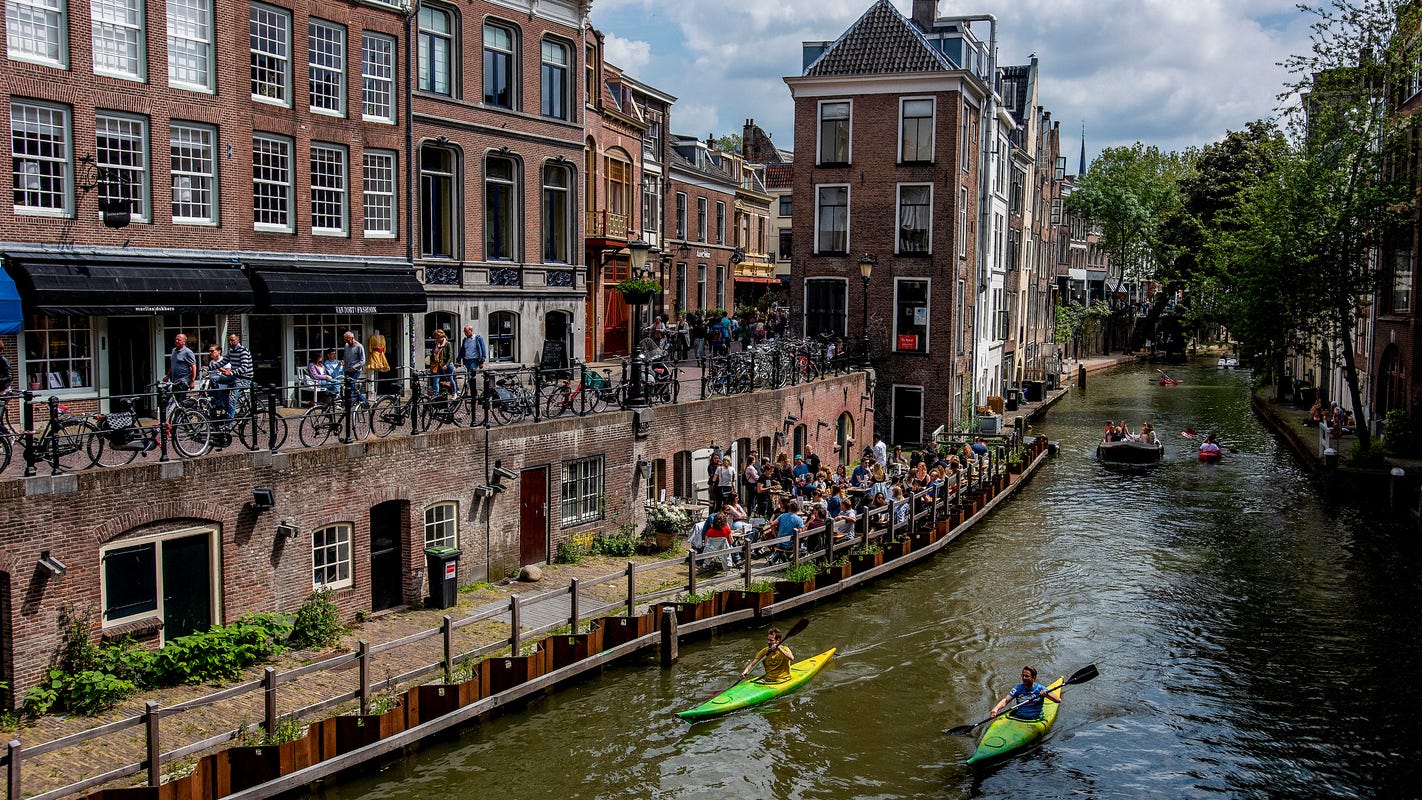Roman Foundations: The Birth of Utrecht
Utrecht's history begins with the Romans, who established a fortification known as Traiectum around 47 AD. This fort was part of the Roman Empire's northern frontier, strategically positioned along the Rhine River. The remnants of these Roman roads can still be traced beneath the city's modern streets, providing a tangible link to its ancient past. Archaeological excavations have uncovered sections of these roads, revealing their construction with large stones and gravel, a testament to Roman engineering.
The Rise of Medieval Markets

By the Middle Ages, Utrecht had transformed into a bustling market town. The city's central location in the Netherlands made it a key trading hub. The Domplein, now a central square, was once the site of vibrant markets where merchants traded goods ranging from textiles to spices. The layout of the medieval streets, with their narrow, winding paths, reflects the organic growth of the city during this period. Many of these streets, such as the Oudegracht, still follow their medieval routes, lined with historic buildings that once housed traders and craftsmen.

Architectural Evolution: Churches and Canals

Utrecht's architectural landscape is dominated by its churches, most notably the Dom Tower, which began construction in 1321. Standing at 112 meters, it remains the tallest church tower in the Netherlands. The Gothic architecture of the Dom Tower and the adjacent cathedral reflects the city's religious significance during the Middle Ages. Additionally, the city's canals, particularly the Oudegracht and Nieuwegracht, were developed during this time to facilitate trade and transport. These canals are unique for their wharf cellars, which were used for storage and are now popular as cafes and shops.
Preservation and Modern Integration
Efforts to preserve Utrecht's historic architecture have been ongoing since the 20th century. The city's commitment to maintaining its heritage is evident in the careful restoration of its medieval buildings and the integration of modern infrastructure. For instance, the recent renovation of the Hoog Catharijne shopping center included the restoration of the Catharijnesingel canal, which had been filled in during the 20th century. This project not only revived a piece of the city's history but also improved urban water management.
The Cultural Impact of Architectural Heritage
Utrecht's architectural evolution is not just a story of buildings but also of cultural identity. The city's historic center attracts scholars and tourists alike, eager to explore its layered history. Events such as the annual Utrecht Early Music Festival highlight the city's rich cultural tapestry, drawing connections between its architectural and musical heritage. The preservation of Utrecht's historic center ensures that its stories continue to be told, offering insights into the city's past and its ongoing transformation.










